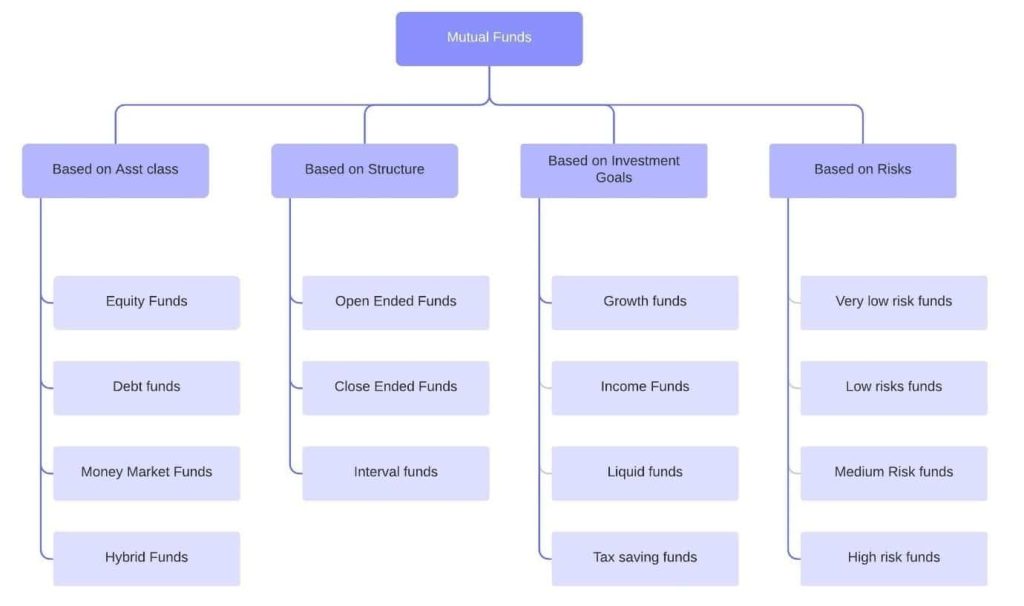Table of Contents
Wondering which structure fits your next fund? This guide explains the key types of funds in the Cayman Islands—and how to pick the right one for your strategy.
Starting from the basics. I get it. Investing sounds big and scary. You hear all these terms like mutual funds, index funds, and hedge funds—and your brain just goes… nope. But here’s the thing: understanding the types of funds isn’t as hard as it sounds. In fact, once you know the basics, it actually gets kind of fun. Why? Because you start to feel in control of your money. And that’s a great feeling.
Whether you’re saving for your future, trying to grow your cash, or just want to understand where your money goes—this guide is for you.
I’ll walk you through the most common types of funds to invest in, what they mean in plain language, and how to pick the one that fits your life best.
No jargon. No fluff. Just simple, clear answers.
Let’s get started.
Understanding the Different Types of Funds: A Simple Guide

Credit: sofi.com
When I first started learning about investing, one of the most confusing parts was figuring out the different types of funds. There were so many options—mutual funds, hedge funds, index funds—and each seemed to come with its own rules, risks, and benefits.
So if you’ve been asking yourself things like “What types of investment funds are there?” or “Which fund is right for me?” You’re in the right place.
When I first started learning about investing, one of the most confusing parts was figuring out the different types of funds.
There were just so many options:
- Mutual funds
- Hedge funds
- Index funds
- ETFs
- Money market funds
Each came with its own:
- Rules
- Risks
- Benefits
- And sometimes… headaches
So if you’ve ever asked yourself:
- “What types of investment funds are there?”
- “Which one fits my goals?”
- “How much risk is too much?”
You’re not alone—and you’re in the right place.
Let’s break it all down in simple terms so you can finally feel confident about choosing the right type of fund to invest your money in.
We’ll cover:
-
✅ What investment funds actually are
-
✅ The different types of funds (with pros and cons)
-
✅ Which ones are good for beginners
-
✅ Why Cayman investment funds are popular
-
✅ And how to get trusted help from professionals like Artemis
Let’s dive in!
What Are Investment Funds?
An investment fund is basically a pool of money collected from multiple investors to invest in stocks, bonds, or other assets. Instead of buying individual stocks yourself, you’re investing in a bundle managed by professionals.
There are many types of funds to invest in, and each comes with its own goal, level of risk, and strategy.Types of Funds: Easy Guide for Beginners

Credit: kuvera.in
Let’s face it—investing can sound confusing. Especially when you hear terms like mutual funds, ETFs, or hedge funds. If you’ve been wondering “What types of funds are there?” or “Which one should I pick?”, don’t worry. I’ve got you.
In this guide, I’ll explain the types of funds in plain English—so you can make smart choices with your money.
The Most Common Types of Funds
Let’s look at the main types of funds you’ll hear about:
1. Mutual Funds
This is one of the most popular options—especially for beginners. A mutual fund collects money from many people and spreads it across lots of investments.
There are many types of mutual funds, such as:
- Stock funds (more risk, more chance of growth)
- Bond funds (less risk, steady income)
- Mixed funds (a bit of both)
You may also see fees with mutual funds. These are called types of mutual fund fees, so it’s good to ask about them.
2. Index Funds
These are simple, low-cost funds that follow the performance of a market index (like the S&P 500). They’re great if you want to invest and forget.
3. ETFs (Exchange-Traded Funds)
ETFs are similar to mutual funds but can be bought and sold like stocks. They’re flexible and usually cheaper to manage.
4. Hedge Funds
These are advanced and usually for very wealthy investors. They come with high risk and high fees. Not a beginner-friendly choice.
5. Money Market Funds
These are very safe funds. They don’t grow your money much, but they help keep it safe and easy to access.
Investing in the Cayman Islands
The Cayman Islands is one of the top places for setting up investment funds. Why? Because it’s well-regulated, has no direct taxes, and offers flexible fund options.
Looking to set up a fund or need advice? Artemis can help. Their team offers expert investment fund advice in the Cayman Islands and helps with everything from setup to management.How Do You Pick the Right Fund?

Credit: paytm.com
Here’s what I ask myself when choosing a fund:
- How much risk can I handle?
- Am I saving for something short-term or long-term?
- Do I want to be hands-on or let it grow slowly?
These questions help you choose the right types of funds based on your goals. Whether you want steady growth, low fees, or high rewards—there’s a fund for you.
The Wrap Up
Summing up, there are many different types of investment funds out there. Some are simple, some are complex. The key is finding what works for you.
And if you’re considering a Cayman investment, you’ll find plenty of options—especially with help from experts like Artemis. They can walk you through all the steps and help you find the right fit.
💡 Whether you’re just starting or looking to grow your money smarter, understanding the types of funds is the first step. Contact us now to learn more!
Frequently Asked Questions
Here are the most common questions regarding investment funds in the Cayman Islands:
What are investment funds?
Investment funds pool money from multiple investors to invest in various assets, such as stocks, bonds, or real estate. The goal is to diversify the investments and reduce risk while offering potential returns.
What types of investment funds are available in the Cayman Islands?
The Cayman Islands offers several types of investment funds, including hedge funds, mutual funds, and private equity funds. These funds can cater to different investment strategies, risk profiles, and investor goals.
Why invest in Cayman Islands funds?
The Cayman Islands is a global financial hub known for its tax-neutral environment, strong regulatory framework, and well-established financial services industry. These factors make it an attractive location for investment funds.
How do I choose the right investment fund?
To choose the right fund, consider factors like your investment goals, risk tolerance, and the fund’s track record. It’s essential to understand the fund’s strategy, fees, and the underlying assets before making an investment decision.
What are the benefits of mutual funds?
Mutual funds allow investors to pool resources and invest in a diversified portfolio. They are a good choice for individuals looking for a low-cost, hands-off investment strategy. Mutual funds are managed by professionals who make the investment decisions on behalf of the investors.





